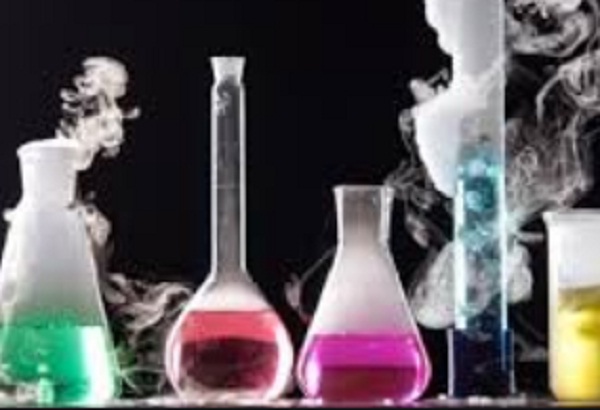The work carried out in a laboratory is really extensive and although it will depend on the type or area in which the laboratory operates. It is quite difficult to name each of the processes that are performed inside it. However, the issue that concerns us today is one of the bases in all processes. Solve all your doubts and know the types of chemical reactions with examples included for greater understanding.
What is a chemical reaction and 5 examples?
Also known as chemical change, it is all that process of thermodynamics during which 2 or more substances change their structure molecular and its bonds by transformation. Causing other substances of characteristics other than the original ones. A few simpler concepts what is a reorganization of ions and atoms for the formation of new structure. And can also be defined as a process in which one or more substances are formed from two or more original elements.


This happens basically because the molecules meet constantly moving and hitting each other. They break the bonds, generating an exchange of atoms that culminates in the formation of new molecules. In chemical reactions, the reactants are called reactants, on the other hand the substances that are formed are called call products. The graphical representation of a chemical reaction is known as a chemical equation.
How is a chemical reaction represented?
These processes can be represented concretely and quite accurate by writing an equation. In which basically the process is summarized by placing the starting material (reagents) and then the products (final result). Each in the proportions corresponding ones that are determined with a rolling method.
There are two ways to do it quite simple and well known all over the world these are:
Skeleton equation
Is the one where each of the components of the reaction in the same way as normally described.
For example:
Oxygen + Methane ↔ Carbon dioxide + Steam
Chemical equation
Is the representation of a specific chemical reaction by formulas and symbols in an orderly manner.
For example:
2Na + Cl₂ ↔ 2NaCl
What are the types of reactions that exist?
Chemical reactions have been classified into 5 types basic that give us detailed information. They also help us predict the behavior of reagents and products in each of them.
These types of reactions are as follows:
Combination reaction
This is the reaction in which the reactants (two or more) are combined or merged to result in a single product. As well they are called the synthesis reaction.
Its general equation or skeleton is:
P + J ↔ PJ
Example:
2Na + Cl₂ ↔ 2NaCl
Decomposition reaction
It is the reaction in which a compound is separated, forming two or more simple elements. It is the complete opposite of a reaction of mix.
Its basic formula is:
Pj ↔ P + J
Example:
Caco₃ ↔ CaO + CO₂
Displacement reaction
This is how the reaction is known in which an element with high responsiveness displaces one of lower reactivity in the middle of an aqueous solution.
Also known as a substitution reaction.
Its general equation is as follows:
M + PJ ↔ MJ + P
Example:
Zn + cuso₄ ↔ znso₄ + Cu
Double displacement reaction
It is the chemical reaction in which ions are exchanged between two reagents, forming a new compound. Also known as the metathesis reaction or double substitution.
Its basic formula is as follows:
PM + OJ ↔ PJ + OM
Example:
BaCl₂ + na₂so₄ ↔ baso₄ + 2NaCl
Precipitation reaction
It is that reaction in which an insoluble product is formed or a solid precipitate. The reactants are soluble, but the product it is insoluble, so it separates as a solid.
Your skeleton equation would be this:
AB(ac) + CD(ac) ↔ CB(s) + AD(ac)
Example:
NaCl(ac) + agno₃(ac) ↔ AgCl(s) + nano₃(ac)
Now you have a quick guide to identify the different types of chemical reactions that includes examples. This is a very important issue, since all processes inside the laboratory involve at least one reaction. Some others even have several that happen in a chain and it is important to have the basic information of what happens. If you want to know more about chemistry and the world of laboratory materials. Do not hesitate to visit our other posts.

